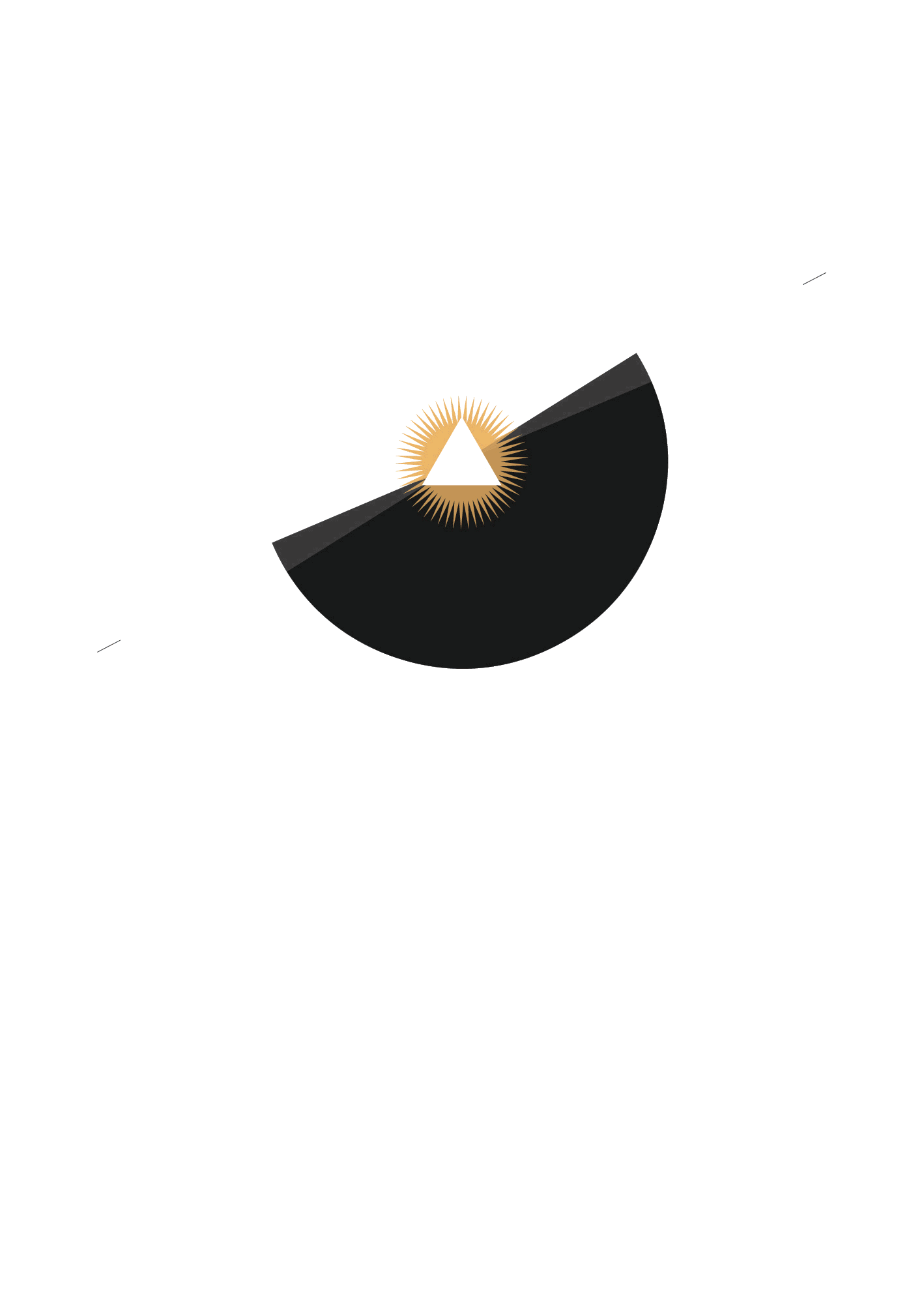NFT Collection, 2022
99×99 PIRLA is a NFT collection of 9801 unique generative spinning tops. 99 colours. Each three-dimensional rotational solid is generated by a nurbs of 10 to 37 geometrical control points. Objects and colours are entirely created with generative code: a Python script executed in Blender. Ethereum blockchain.
View 99×99 PIRLA Collection
Mint your PIRLA - Free mint + gas
https://pirla.13-99.com
13 — 99 ©2026
Generative Artworks, since 2010. Built with YAARD. Supported by STUDIO BAAKO.

Genesi. 1,1−2,4
Genesi. 1,1−2,4 was exposed in Venice during the convention Math and Culture - Ca’ Foscari University 26th > 28th March 2010.
Genesi represents the seven days of God’s world creation, according to the first chapter of the Holy Bible. The artwork is created by 7 inkjet print on paper 50x70 and has been introduced by a video and 1.750 postcard.
Genesi belongs to the stream of Generative Arts, characterized
by the making of every artwork. Indeed the seven day of
creation are the expression of 700 code’s stripes: anything is
painted, everything is an algorithm.
Every colors or shape is made by mathematical rules and every performance creates an unique image.
Coded in Actionscript 2.0.
NFT Collection coming next future
Genesi represents the seven days of God’s world creation, according to the first chapter of the Holy Bible. The artwork is created by 7 inkjet print on paper 50x70 and has been introduced by a video and 1.750 postcard.
Genesi belongs to the stream of Generative Arts, characterized
by the making of every artwork. Indeed the seven day of
creation are the expression of 700 code’s stripes: anything is
painted, everything is an algorithm.
Every colors or shape is made by mathematical rules and every performance creates an unique image.
Coded in Actionscript 2.0.
NFT Collection coming next future
13 — 99
Generative Artworks
since 2010
The main objective of this research is to investigate how a series of objects can be generated through a reproducible process, unique and unrepeatable, similar but different.
The object as an instance in a continuum.
The object as an element of a moving and transforming whole.
Serial-non-serial.
The machine decides where to place lines and points, within limits well defined by the designer.
Computational design deals with the design of the limits and leaves the machine free to move and create serial-non-serial objects.
Computational design deals with the design of objects, products or any other type of artefact generated through the use of systems defined by algorithms calculated by software, or built by autonomous processes of a mathematical, mechanical or random nature. Computational design is a systems-oriented artistic practice, where the use of software as a production method is the unifying attribute of these products. To be considered as such, a computational design artefact must operate and generate itself with a certain degree of autonomy.
Computational design works to build an 'intelligent' system, in which this same intelligence must be programmed. A form of interaction based on a preliminary organization is established between the system and the designer, and then the 'instructed' system works with its own autonomy of response. This underlines one of the distinctive characteristics common to all design: designing for systems that can subsequently produce series and articulate themselves in sequences, an evolution of the starting matrix.
The moment of programming merges with the act of designing: it is here that systems are set up that evolve and it is always here that events are generated in succession. The sense of computational design is to create a system in which the process is at the center, while the final artefact is a representation of the process itself. In this way, the electronic medium declares itself to be an instrument of expression and a component of the aesthetic production area of the product. The instrument, once set in the project, moves with its own autonomy, constrained by the designer in the programming phase: here lies the "creative" act of the project, an intervention that operates on a single but which can be regenerated in infinite variants.
